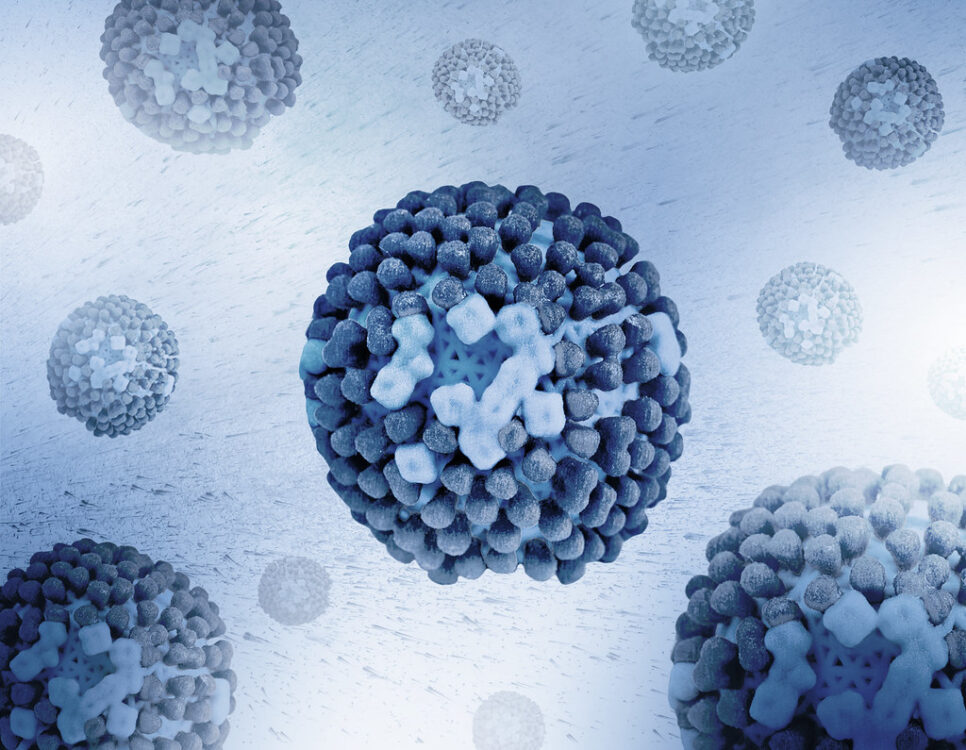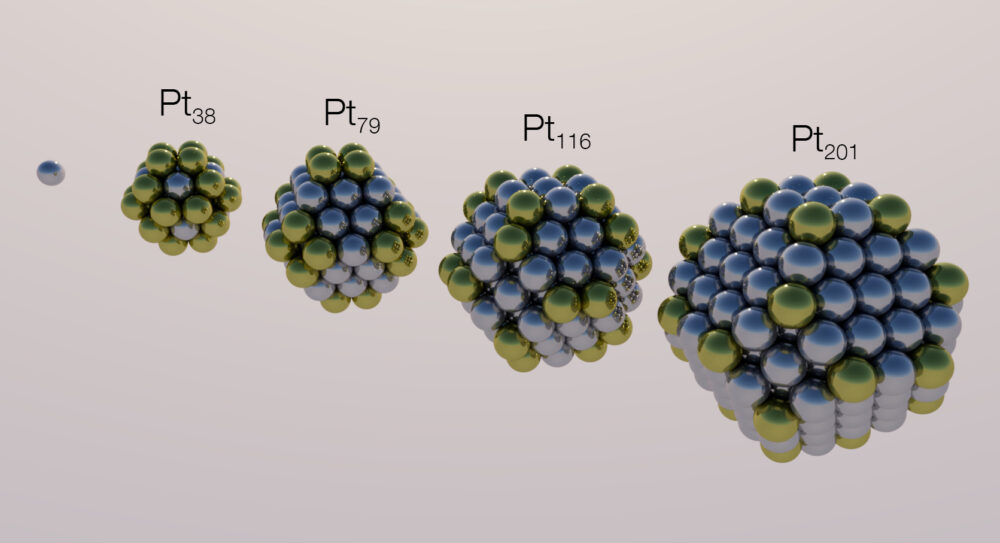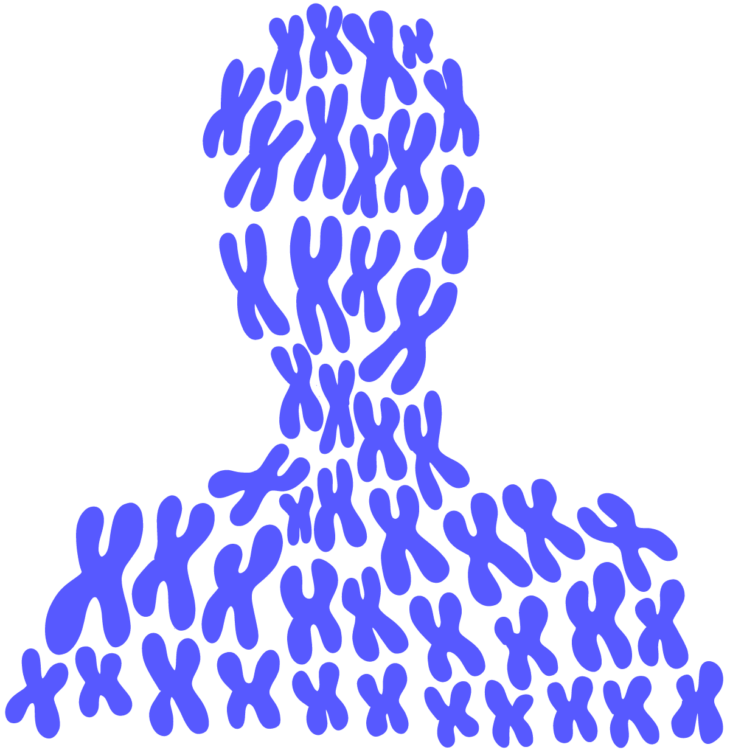Worlds of purple: Reimagining photosynthesis on distant planets
With rapidly improving space-based telescopes, the search for extraterrestrial life is becoming more feasible. As of 2025, NASA has confirmed the existence of over 5800 exoplanets, with over 30 considered to be potentially Earth-like. Yet, despite advances in data collection capabilities, one question remains hotly contested: What characteristic features should a planet with life have? […]
Worlds of purple: Reimagining photosynthesis on distant planets Read More »




